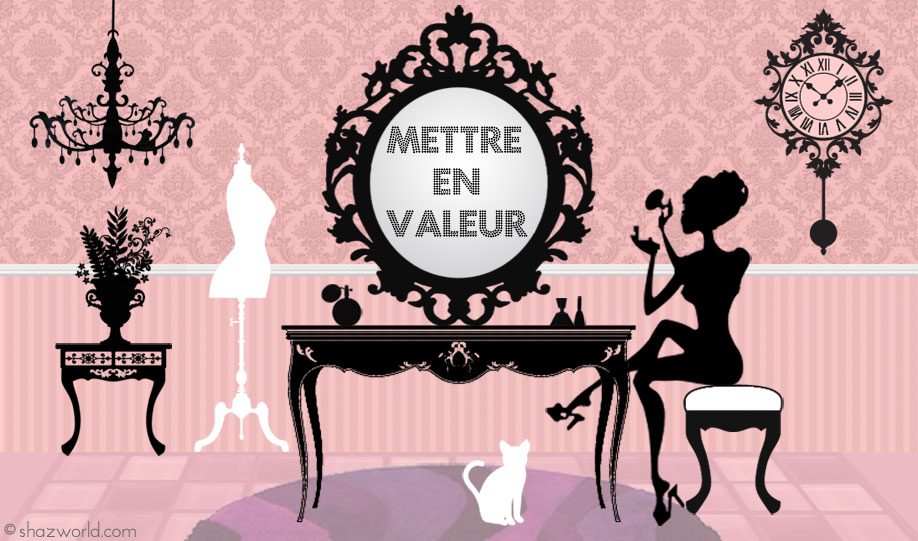 |
| Marilyn Monroe |
Marilyn Monroe, Audrey Hepburn, Elizabeth Taylor, Ava Gardner - these names ring a bell?
I bet they do.
Beauty, grace, elegance, sophistication and sex appeal - they had it all.
The men are back from war and the 'pin-ups' are no longer required.
Their wives are sporting shorter hairdos and longer skirts but are just as stunning.
Dressed to the nines, complete with white gloves, fashion hats and the "doe-eyed look" that becomes the signature look of this decade, these women became our beauty icons and, let's face it - the fantasy of men for decades to come.
 |
| Ava Gardner |
 |
| Elizabeth Taylor |
 |
| Jayne Mansfield |
Hmm... anyone thinking Dita Von Tease? Yea, so am I.
 |
| Dita Von Tease |
As mentioned in my first post, when a client books you and says: I want a Jayne Mansfield look, you have to know who Jayne Mansfield was and know that this chick really wants to look like Pamela Anderson but is too shy to say so. ;) Just kidding, but is it just me or did you also get a Pam Anderson vibe from Jayne Mansfield? I'm just saying.
But i digress, in short: you need to know what these beauty icons looked like so you can recreate the look.
There are some great make-up tutorials on www.youtube.com, one make-up artist duo in particular that i absolutely love are named: Pixiwoo.
Here's their Elizabeth Taylor make-up tutorial:
Blog to you soon,
Sahar


